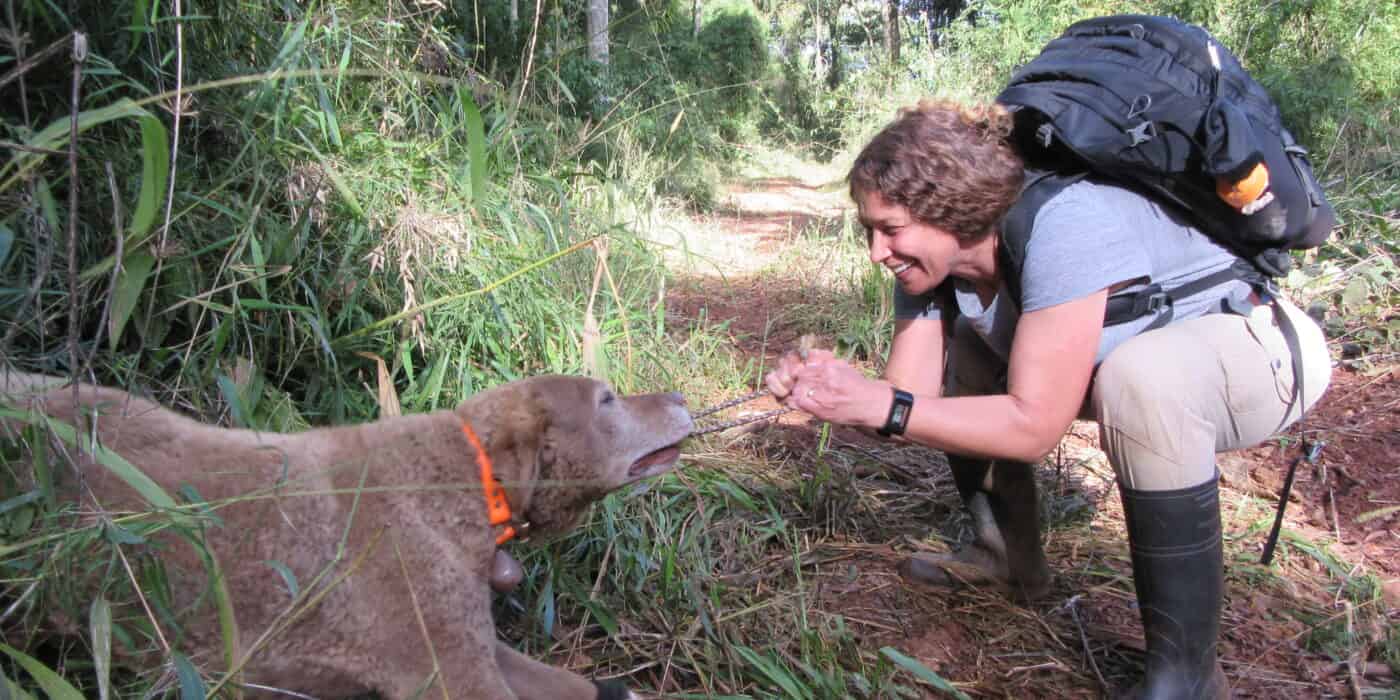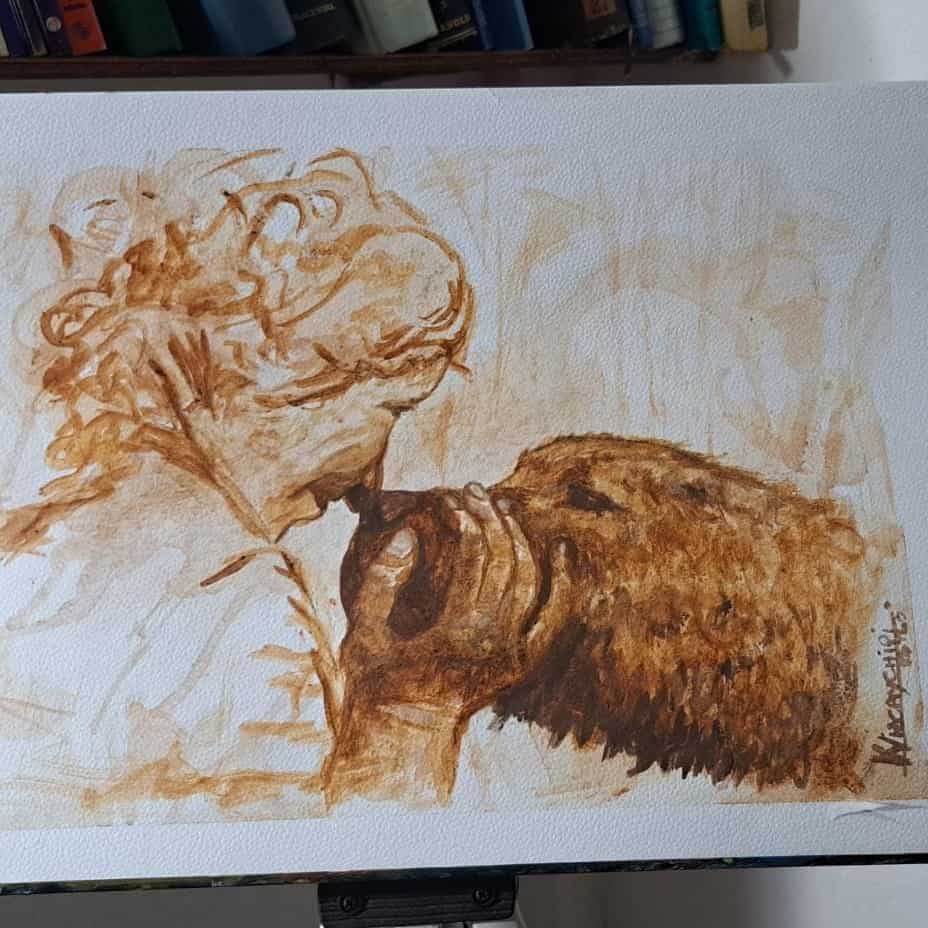Over the last 20 years, Argentina has lost over 438,000 hectares of primary forest, which accounts for 7% of the country’s forest coverage. This has taken a toll on many endangered species, such as the jaguar, whose habitat is getting reduced. Many conservationists have been fighting against this — one such conservationist is Train, the retriever.

A Chesapeake Bay retriever, Train became a conservation detection dog back in 2009, when he was just two years old. Back then, he moved in with his partner Karen DeMatteo, a researcher at Washington University who regularly travels to Argentina. And while Train passed away in September at the age of 16, his legacy continues.
The Ministry of Ecology and Renewable Natural Resources in the province of Misiones, Argentina, will unveil next month a statue of Train to highlight his contributions to conservation. And, in April, DeMatteo, a senior lecturer in environmental studies in Arts & Sciences, published a study with the latest results of her work with Train.
Train’s skill in detecting carnivores in the forests of northeast Argentina played a vital role in DeMatteo’s wildlife habitat study. DeMatteo’s findings highlighted the resilience and adaptability of carnivores and helped identify the areas in most critical need of protection. “Train is responsible for 100% of the data,” she said in a statement.
A very impressive dog
Train had a fantastic nose for detecting poop. Together, they would walk around the forest for hours, with Train’s nose close to the ground. He was trained to identify the scat of five carnivores — pumas, ocelots, jaguars, southern tiger cats, and bush dogs — while ignoring other smells. “He was a big, brown machine,” the researcher said.
All the five target species are vulnerable to habitat loss and worthy of protection, DeMatteo said. Jaguars, pumas, and ocelots are probably familiar to big cat fans. Southern tiger cats are small and spotty, while bush dogs are in the same family as wolves and domestic dogs but have shorter tails – living in underground hideouts.

DeMatteo’s latest study includes data from five research trips between 2009 and 2019. There was another trip planned in 2020 that was canceled due to the pandemic. The researcher walked over 1,000 miles on dirt roads, animal corridors, and illegal hunting trails cleared by machetes. GPS readings showed that Train walked about three times farther.
Train had a bell fastened to his neck. This helped DeMatteo in locating him whenever he strayed from the trail, while also alerting the nearby wildlife. Despite this, there were some tricky situations “Sometimes Train would freeze and refuse to go near a riverbank, and I just knew he was trying to tell me that something was down there,” she said.
Whenever Train found droppings, DeMatteo collected a sample for DNA analysis. Occasionally, the results would indicate a fox or another creature beyond their intended focus, which was likely due to an animal contaminating the droppings before Train got there. “He was never wrong,” De Matteo said, who celebrated his work with a belly rub.
Train’s legacy
Detection dogs like Train serve as a highly efficient and effective method to locate and quantify elusive animals across vast territories, functioning as mobile camera traps. Train’s keen senses enabled the detection of animals in unexpected locations. He could for example prove that jaguars were occupying habitats disrupted by farming and other human activities.
“We thought going in that jaguars would stay away from these areas,” DeMatteo said in a statement. “Train’s discovery was good news. It shows that we don’t have to restore thousands of hectares of forest to save the species. But there are some key areas that need to be restored, and we need to protect what’s already there.”
In a collaborative effort, DeMatteo has been working closely alongside the Ministry of Ecology and Renewable Natural Resources in the province of Misiones to identify the most crucial habitat areas. Moreover, with the backing of National Geographic, she is actively engaging with local landowners, a vital stakeholder group in the conservation endeavor.
She is keen for the methods she uses to track wildlife in Argentina to be employed elsewhere. In fact, Train made six trips to northwest Nebraska to look for signs of mountain lions. His last trip was to Nebraska in 2019, enjoying retirement until his passing last year. And while DeMatteo is now looking for another dog, she knows Train won’t be forgotten. His legacy for Argentina’s conservation is immense and should be cherished.






